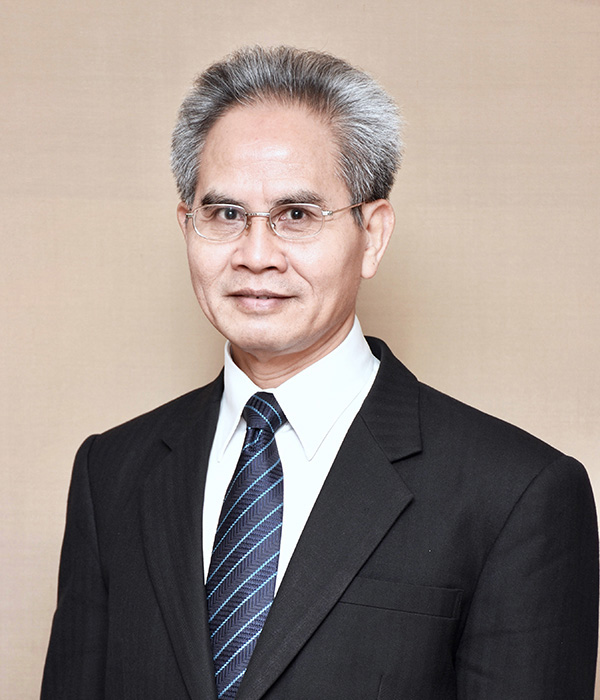Trade Secrets Law of Thailand
Kowit Somwaiya, Naddaporn Suwanvajukkasikij, Tong Wang
LawPlus Ltd., Thailand
The information provided in this document is general in nature and may not apply to any specific situation. Specific advice should be sought before taking any action based on the information provided. Under no circumstances shall LawPlus Ltd. or any of its directors, partners and lawyers be liable for any direct or indirect, incidental or consequential loss or damage that results from the use of or the reliance upon the information contained in this newsletter. Copyright © 2021 LawPlus Ltd.
Trade secrets such as the Coca-Cola’s flavoring blend, the Google search algorithm, the McDonald’s Big Mac special sauce formula are valuable and crucial to businesses of their owners.
This article gives readers a very short overview of the trade secrets law of Thailand covering the legal requirements and procedures for creation, protection and commercialization of trade secrets. It also discusses some practical issues and tips for protection and commercialization of trade secrets.
1. Trade Secrets Act
Trade secrets in Thailand are governed by the Trade Secrets Act B.E. 2545 (“TSA”). The TSA was enacted in 2002. It was amended once in 2015.
The TSA provides that any “Trade Information”, such as an instrument of statements, facts, or other information in any media, formulas, patterns, compilations or assembled works, programs, methods, techniques, or processes, (“TI”) that meets the following 3 requirements is protected as a Trade Secret (“TS”):
(1) It is confidential, i.e. the TI not being publicly known to or accessible by persons who are not related to the TI.
(2) It has a commercial value derived from its secrecy.
(3) Its secrecy is protected by its owner / controller has taken appropriate and sufficient protection measures to maintain its secrecy.
Once a TS meets these 3 requirements, it is protected under the TSA as a TS without registering or filing with any authority.
In practice, a non-disclosure agreement is commonly used to safeguard and maintain the secrecy of a TS and to prevent its loss or destruction.
2. Commercialization of TSs
The Trade Secret Owner (“TSO”) has rights to disclose and use its TS or permit other persons to use the TS, subject to necessary terms and conditions to maintain the secrecy of the TS.
The TSO can transact the TS ownership or permit its commercialization in a number of ways, such as:
(1) assignment or sale of the TS as a stand-alone asset, a part of business sales or other types of business transactions;
(2) permission to use the TS under an exclusive or non-exclusive license agreement, such as in combination with a trademark or patent license, or as part of a joint venture, manufacturing or distribution agreement, while the TSO as the licensor retains the full title and all ownership rights over the TS; and
(3) creation of a business collateral over the TS to secure debts or obligations with creditors.
3. TS Infringement and Legal Actions
3.1 If there is a dispute in relation to the TS because a person commits an infringement against its secrecy, the TSO or its other interested persons, such as its possessor, controller or caretaker, can submit the dispute with the Trade Secret Committee for mediation and settlement.
Alternatively, they can file a lawsuit in court against the infringer for an interim and permanent injunction orders and compensations for actual damages and punitive damages. The lawsuit must be filed within 3 years from the date on which infringement act and the infringer are known, or within 10 years from the date of the infringement act.
3.2 Infringement against the TS also constitutes a criminal offence that can result in a fine and/or imprisonment against the infringer.
3.3 It should be noted that the court will dismiss a lawsuit for TS infringement if the TI claimed to be a TS is not given appropriate and sufficient protection measures for maintaining its secrecy resulting in it being accessible to any person who is not its “need to know” person (Supreme Court Judgments Nos. 10217/2553, 16561/2557 and 1323/2560).
4. Tips for TS Protection
Most TS losses are caused by employees, external contractors, business partners, and trusted insiders of the TSO. To effectively protect the TS and maintain its secrecy, the TSO may do the followings:-
(1) Identify and keep record of the TS;
(2) Develop a TS protection policy, monitor its compliance and prosecute its infringers;
(3) Restrict or limit its access to only the “need to know” persons;
(4) Mark documents of the TS with “confidential”;
(5) Physically isolate and protect TS documents;
(6) Restrict public access to facilities that house the TS;
(7) Create, implement and maintain a computer secrecy policy; and
(8) Include a non-disclosure clause, a non-competition clause and/or a clause on assignment of rights in the TS created by employees in the course of employment in agreements, or sign a non-disclosure agreement with employees, contractors and business partners.
5. Important Note
Creation, protection and commercialization of the TS is a dynamic process. TS secrecy can be lost during this process. Infringement of the TS can also happen during this process. This means the TSO needs to always implement sufficient and appropriate measures to maintain TS secrecy and at the same time to actively enforce the TSO’s rights in the TS against its infringers.
LawPlus Ltd.
www.lawplusltd.com
January 2021
Too see the archive of our past newsletters and articles please click here.
AUTHOR
 Senior Partner | bangkok
Senior Partner | bangkok Partner | bangkok
Partner | bangkok Client Coordinator | bangkok
Client Coordinator | bangkok
The information provided in this document is general in nature and may not apply to any specific situation. Specific advice should be sought before taking any action based on the information provided. Under no circumstances shall LawPlus Ltd. and LawPlus Myanmar Ltd. or any of their directors, partners and lawyers be liable for any direct or indirect, incidental or consequential loss or damage that results from the use of or the reliance upon the information contained in this document. Copyright © 2016 to 2020 LawPlus Ltd.







